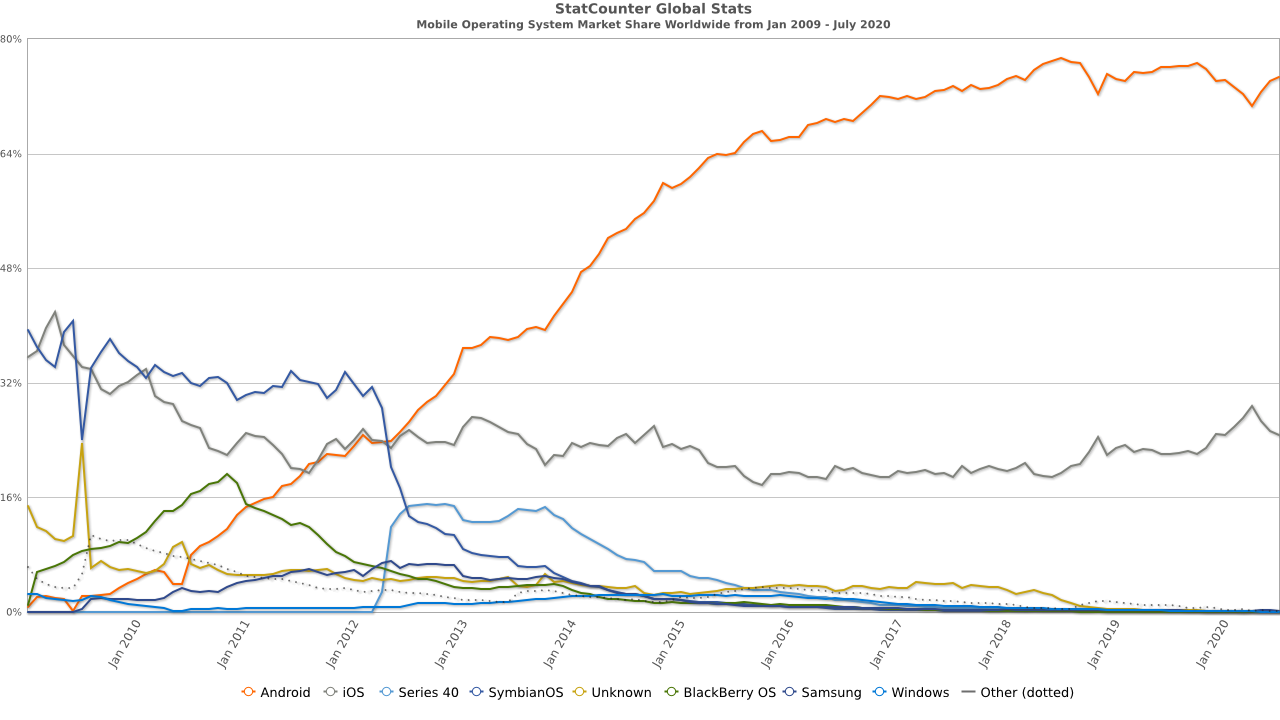
These days a lot of people rely to video conferencing apps to work, study, or to talk with friends.
Until few years ago Skype was the app on everyone lips when thinking at video calls, conferences, etc. They were among the first to introduce and heavily promote video calls, but they lost ground in the past few years. In my opinion, their innovative touch stopped when they were purchased by Microsoft.
I remember that on Skype, video calls were free for meetings with 2 participants. This is the main reason that it was easily outclassed by Zoom. Zoom meetings are free for up to 100 participants for maximum 40 minutes.
Zoom allows you to enter conferences without creating an account, or even by phone, by calling to one of their numbers and typing the conference ID.
When you create meetings in zoom, you are given a link that you can give to the ones you want to invite in the conference. Anyone with the link can join. With Skype, every participant must have it’s own Skype account and you have to invite each with their own Skype ID. More, to join skype so you can create or participate in meetings, you will be directed to create a Microsoft account, which can be a headache for casual Internet users.
With all its flaws, Zoom is so popular because it is simple and works fine for most users.
Another good option for meetings was Google Hangouts, which was free and worked in the browser. However, it was also hard to use because it required a Google Account, making it unavailable for most users who were not eager to create one. The software was good and unlike Zoom, it worked directly in the browser.
However, the way that Google is always changing their product branding makes it more confusing even for loyal Google customers. Now, it is called Google Meet, and it looks like they want to replicate Zoom usability, but to create meetings you need a G Suite account, which is not free. But the main problem is not that it is not free, but the fact that you can’t create an account just to use Google Meet. You have to create a G Suite account for your business, making it harder to be used for most users.
The easy to use and clear system made Zoom the most popolar video conferecing app today. There might be better alternatives right now, but as long as most users do their job with Zoom they might not want to try something else, even if they know it is better, unless someone comes with a disrupting feature or system.

